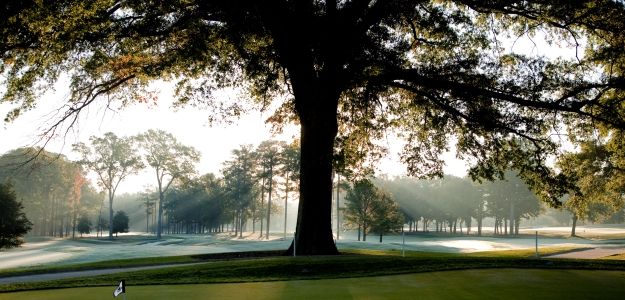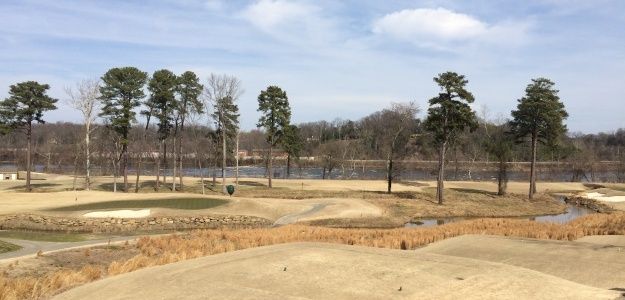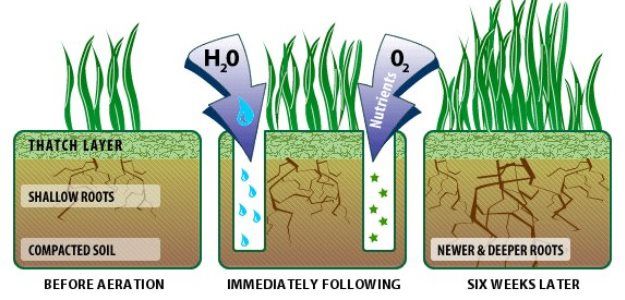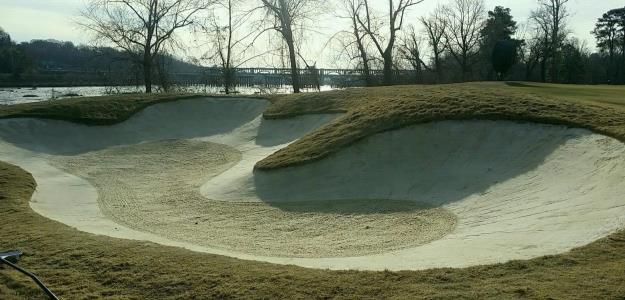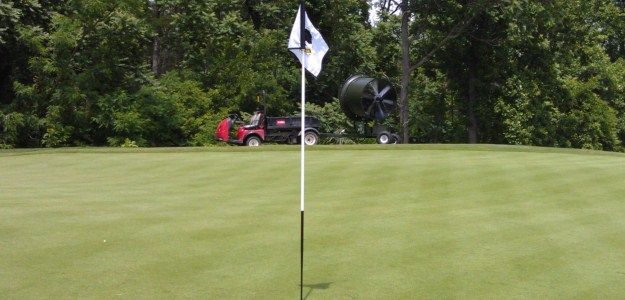I currently have four or five topics that I need to write about either from my own thoughts, our team's ideas, the green committee or other various members. I love the feedback and the use of the blog's reach, I just need to make more time for it. I did want to go over one big topic that I talked to a few people about last week. How to Use the Blog. More specifically, how to communicate with us or send feedback.
Quick history. The blog was started in 2011 in hopes of expanding the reach of our communication and to provide insight into our department. I have purposefully not allowed comments on the blog due to the public nature of these comments. Anyone from anywhere could comment; good or bad, relevant or irrelevant. I do appreciate feedback, questions, and ideas. My email is
jbooth@willowoakscc.org. You can also email Eric Frazier, the Director of Agronomy at
efrazier@willowoakscc.org. The reason that I put that information out there is that a lot of people receive this blog post through our feed burner subscription. The blog posts are emailed to people that sign up for the email service. You cannot reply to these emails. I know that people are trying to respond to the blog emails and I simply never see them. I apologize if you have been waiting on a response but I cannot get those emails. Please email me directly at
jbooth@willowoakscc.org. I cannot promise that I will always have a quick response and I may not have time to write about every topic or answer every question but I do want the proper line of communication to be there.
The blog is broken down into a few sections. The slideshow gives an opportunity for us to showcase the most recent blog posts. You should be able to scroll through the slideshow and click on the title of each slide to take you to the respective post. Above the slideshow there is a list of pages. This is more static reading that is always available on the blog. To the right of the slideshow is a list of my social media outlets. In this area, you can chose to follow me on twitter @woccgolf, email me, connect on LinkedIn, or subscribe to our RSS feed. Email is pretty easy to use and I have found twitter to be a great way to connect. I frequently post pictures and updates on twitter. You can find these updates on the blog as well. Below the social media icons and above the twitter updates is the archive of the blog posts. The posts are organized by most popular, groups of labels or tags, and date. Below the twitter updates you can enter your email address to receive our blog posts through the email. Once again, please do not reply to these emails. Just email me at
jbooth@willowoakscc.org. To date, the blog has received a fair amount of traffic and I hope it continues to be a successful communication tool for our department. My goal is transparency and communication.
Today was our first outing on the golf course. This was the RWGA's Jeanie Bliley Memorial tournament honoring past president of the RWGA and Willow Oaks member Jeanie Bliley. The event was a one o'clock shotgun and allowed us to install sod at tennis, the clubhouse, and prepare for sod install to the right of #16 fairway.
 |
| Prep and install of new sod around the clubhouse patio. |
 |
| Prep and install of new sod in front of the Old House. |
This week will be a busy one on the golf course for us. We are praying for some rain now that we are back into warm temperatures. The golf course is beginning to take shape and the collars are finally starting to green up. You can see the results of our solid tine aeration as the turf is definitely doing better in these pockets of reduced compaction and increased oxygen. We will be sodding any poor areas in collars next week and core aerating collars as soon as we feel that they can handle it. Have a great day.
Jordan Booth
jbooth@willowoakscc.org











